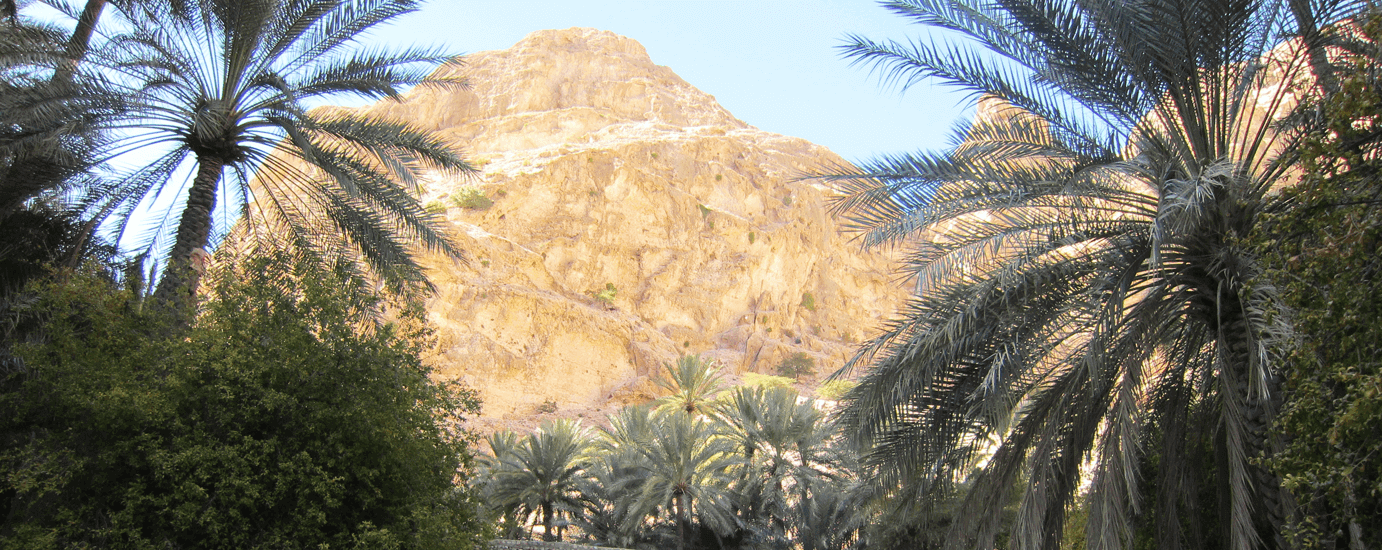Climate and when to travel
Muscat lies on the Tropic of Cancer. Since ancient times it has been numbered as one of the “hottest towns” of the world. In the 14th century the Arab geographer Abdul Razak described the climate as follows: “The heat in Muscat was so great that it burns the marrow, the sword melted in the sheath and the precious stones in the handle burnt to coal.”
In summer (May – September) the temperature rises to 50°C and the humidity to 95 per cent. Strong, hot winds blow over the country from the interior of the Arabian peninsula, ripening the dates on the palm trees. The dark brown mountains surrounding Muscat store the heat and even at night the temperatures barely sink below 40°C. In summer life here only becomes bearable with air conditioning fitted in almost all homes and vehicles.
From October to April the temperatures and humidity are bearable; the climate is comparable to a European summer. The best time to travel through the country is between November and February. The temperatures are between 20 and 30°C, the air is dry and clear, with only rare rainfall. The average annual precipitation in the mountain region is about 100 mm.
South Oman, on the other hand, is a favorite destination for tourists from the neighboring Gulf states from mid-May to September. During these months the monsoon brings cooler, moister air masses with it, which are blocked by the mountains of Dhofar. Mist shrouds the country and the temperatures reach 35°C, there is a steady light drizzle, and the countryside along the coast of Salalah is decked in a green carpet.
During this season many Omanis from the extremely hot North retreat here. Western tourist generally visit Dhofar in the warm, dry winter months when the air is clear, the seas are calm and even northern Oman has moderate temperatures. The average annual precipitation in southern Oman is 400 mm.

